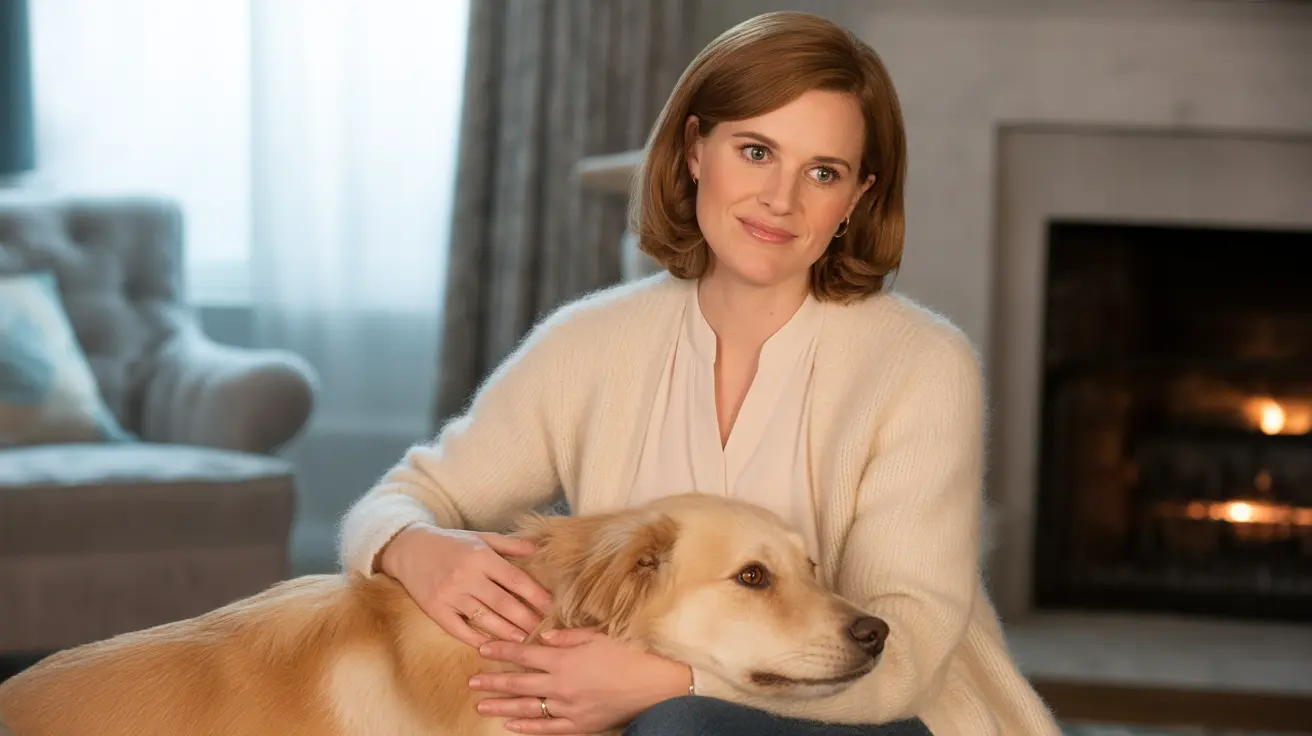Understanding the 7-7-7 Rule for Puppies and Crate Training
Puppy training involves various methods and routines to help dogs adjust to life in a home environment. One such guideline, often informally referenced as the 7-7-7 rule, aims to encourage steady and structured acclimation to crate training. While not universally standardized, this rule symbolizes progressive steps in introducing a crate, encouraging positive associations, and gradually increasing alone-time in the crate.
What Is Crate Training?
Crate training is the process of teaching a dog or puppy to spend time in a crate comfortably. It mimics a den-like space, offering security and promoting good behavior in the home. Crates help with:
- House training by managing elimination habits
- Preventing chewing or damage in unsupervised areas
- Creating a safe space for transport or emergencies
- Managing separation and anxiety during stressful events
The 7-7-7 Rule: Interpreted
Though not officially defined in the provided text, the 7-7-7 rule is popularly used to symbolize gradual phases of crate training. It could refer to:
- 7 minutes in the crate initially while you're nearby
- 7 minutes with you out of the room
- 7 minutes alone after returning without interacting
This structure emphasizes incremental exposure and reducing separation anxiety, promoting successful crate usage. Always watch your puppy’s comfort and adjust based on their reaction.
Steps to Effective Crate Training
- Introduce the crate: Put the crate in a social room and let the puppy explore on their own. Use treats and toys to make the experience positive.
- Feed meals inside: Start feeding your puppy near or inside the crate to instill good feelings. Gradually close the door after each meal.
- Increase crate time: Begin with 5–10 minutes with you in the room. Then step out and increase the time slowly to build trust and reduce anxiety.
- Leave the puppy alone: Once the dog is comfortable, begin crating them during short absences or overnight. Keep routine departure and return quiet and non-excitable.
- Ongoing usage: Keep the crate door open when not used for training. Allow the dog to see it as a personal den, not a punishment.
Best Practices and Tips
- Correct crate size: Ensure the crate is big enough for the puppy to stand, turn, and lie down — but small enough to avoid use as a toilet space.
- Positive reinforcement: Never force your dog into the crate. Patience and praise work better than punishment.
- Gradual progression: Adjust training pace based on your dog’s behavior and comfort level.
- Observe time limits: Puppies can stay in a crate for approximately 1 hour per month of age plus 1 hour, up to 3–4 hours for those under 6 months. Adult dogs shouldn’t be crated for over 4–5 hours during the day.
- Consistent routine: Stick to a plan without skipping steps to build predictable, reassuring structure.
Common Problems and Solutions
- Whining or barking: Avoid opening the crate when your dog is crying. Rewarding that behavior reinforces it. Instead, wait for silence.
- Accidents: May mean the crate time is too long or the crate is too big. Adjust accordingly using dividers or shorter training sessions.
- Anxiety or resistance: Go back a step in training and increase positive associations with the crate.
- Never use crate as punishment: Dogs must associate it with positivity, safety, and comfort.
When to Seek Help
If your puppy continues to show signs of extreme distress or anxiety despite slow introduction, consult a veterinarian or behavior specialist. Some behavioral issues may need tailored strategies, possibly involving desensitization or counterconditioning.
Frequently Asked Questions
- Can I crate my dog overnight? Yes, provided it's a properly sized and comfortable space, and your dog gets enough exercise and bathroom breaks.
- What age should I crate train? Training can begin as early as 8 weeks. Start with short, positive exposures.
- How long does crate training take? Results vary, but consistent, patient training yields success in a few days to weeks.
- Should I feed my puppy in the crate? Yes—this builds positive connections to the crate faster.
Conclusion
The 7-7-7 rule for puppies, while informal, serves as a reminder that effective crate training depends on short, steady, and positive steps. Always prioritize your dog’s comfort, use rewards and encouragement, and never rush the process. With patience and consistency, you’ll build a strong foundation for happy, confident, and well-behaved pets.





